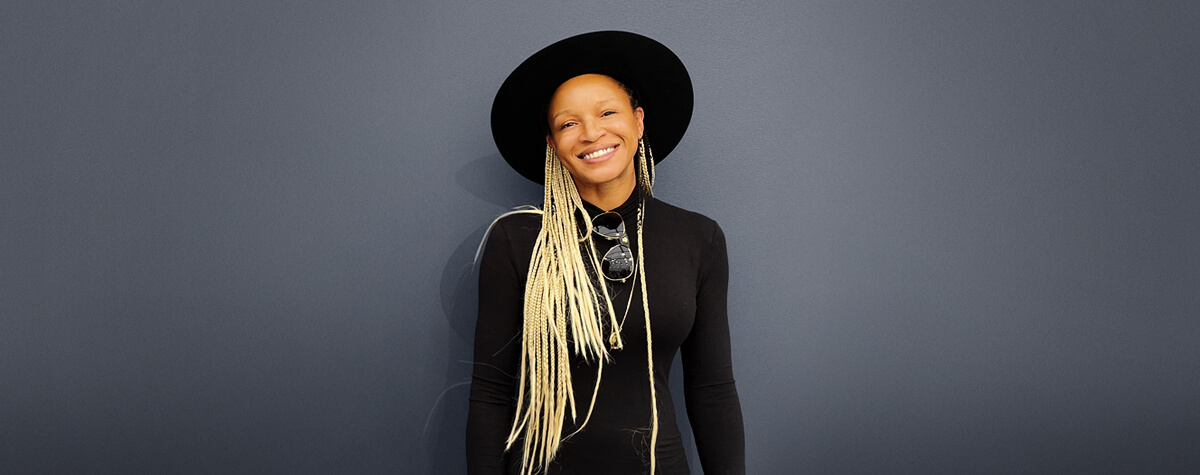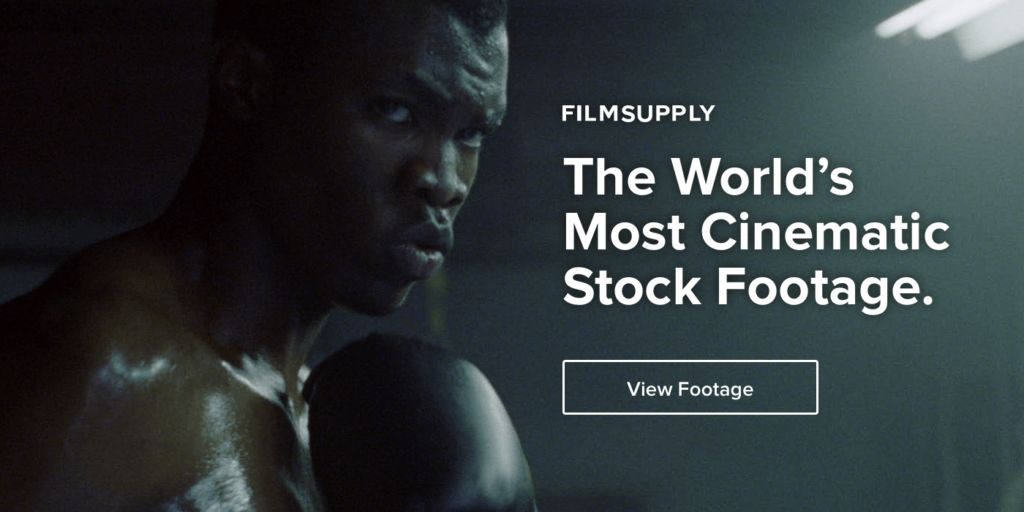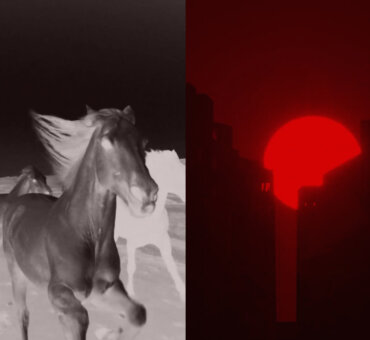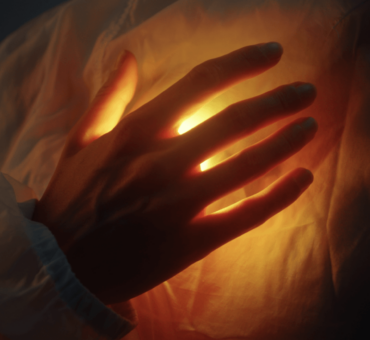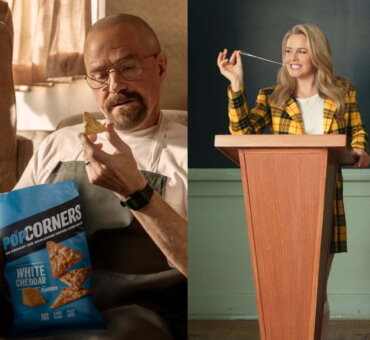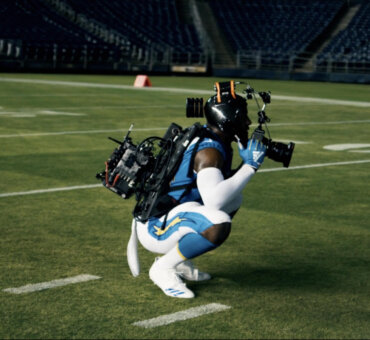There’s an old cliché in business that people are your greatest investment, and that’s certainly true in agencies. At its core, an agency is a group of creative people working toward a common goal. There’s no machinery, no manufacturing, no blueprints; it’s brains and a blank slate. So, when Group Creative Director Sherina Florence looks critically at an agency, good work isn’t what she looks for first:
“The work gets done regardless. That’s the thing about agencies. The work is always going to show up, and the work will always be good because people are talented,” Sherina told us. “But, will people be injured in the process of making the work?”
In other words, if you’re not caring for the building blocks, the creative brains of your agency, then does the work even matter? It’s this thinking and Sherina’s background in fine art, art history and graphic design that led her to places like Ogilvy and 72andSunny, where she’s currently the Group Creative Director. In our conversation, we talked about the culture of advertising, and what she looks for in its people and in its leadership.
What was your introduction to advertising like?
I’d attended university and acquired a BFA in Art History and a BFA in art with a concentration in graphic design and was talking to a friend of mine about the things I was doing—creating a lot of brands and designing everything for them, but also getting to write out the trajectory of that experience in the commercial world. He said to me, “I think you want to be an art director. Go and check out a school called The Creative Circus.”
That was a guy named Brandon Rochon, who is really prominent in the industry and is one of the few black people at a leadership level. I went and checked it out and ended up going there. It was a little bit like a creative fraternity. On my first day of school, Ted Royer was giving a presentation on the UNICEF Tap Project. It was a really nice introduction to the industry. I began to understand how campaigns break down and how to apply my design skills in ways that really helped support and develop my idea rather than just making things look pretty.
But, as soon as I came out of school, it was the recession. No one had a job, so I just called around and said I wanted to see their cultures. While I was visiting, seeing agency cultures, people did generally want to do me the courtesy of looking at my portfolio. That’s how I was able to get job offers during a time when there were no jobs.
That’s a great way to start conversations.
I thought so. I’d call people, and the first thing out of their mouth would be, “I don’t have a job.” My response would be, “Well, I wasn’t asking for a job. I’m just really interested in understanding more about agency culture so I can understand what a good fit will be for me in the future.” People were kind and gave me some opportunities. In the end, I chose to go to Ogilvy in Los Angeles and eventually moved to New York.
What about agency hierarchies in advertising?
I think they’re rather established, and I think they can be helpful. As long as there is space for everyone to contribute fully. The longer I work in creative and the hierarchy, the more I see that there is a need for strategically minded adults in the room to help navigate. A lot of things come up that can derail a project or change the quality of the creative. It’s great to have those seasoned parties prepared and ready to deal with that.
In terms of the best ideas, the most inspired ideas probably come from people who are still excited about everything. No matter where you sit in terms of title, you could be one of those people, but it’s about inspired creatives. Quite often, it’s the younger or more entry-level people who bring surprising creative to the table. When we’re trying to make things really big, we need to be able to build the case study in our heads. And I find that more strategic thinkers are able to do that. It’s all about the experience.
Is there anything beyond experience? How do you train to be a creative director?
It’s all training as a creative director and, as someone who works in communications, I’ll always need to have life experience and reflection on said life experience in order to communicate. I’ll always be looking for cultural enrichment to create more interesting expressions. I’m always looking to broaden my understanding of people and bring them into the work so that I’m not speaking only with my own voice.
Of course, you want to read. Of course, you want to reverse-engineer all of the annuals so that you understand what went into the work in general. But I think it’s the life experiences that really inspire us and help us deliver things that feel fresh. Living is probably the most important part of being a creative—having an interesting life, being interested in things. It doesn’t matter what those things are as long as they’re relevant in culture. And, as long as they excite you, eventually, they will be exciting to other people.
What qualities drew you to 72andSunny?
It had to have a good reputation and make good work. But, the real reason I chose it is because I heard there were nice people. The industry can be exhausting. I think every agency’s culture is different. It’s a mixed bag. You don’t know until you’re there what the experience will be. 72andSunny had produced so many people who I respect.
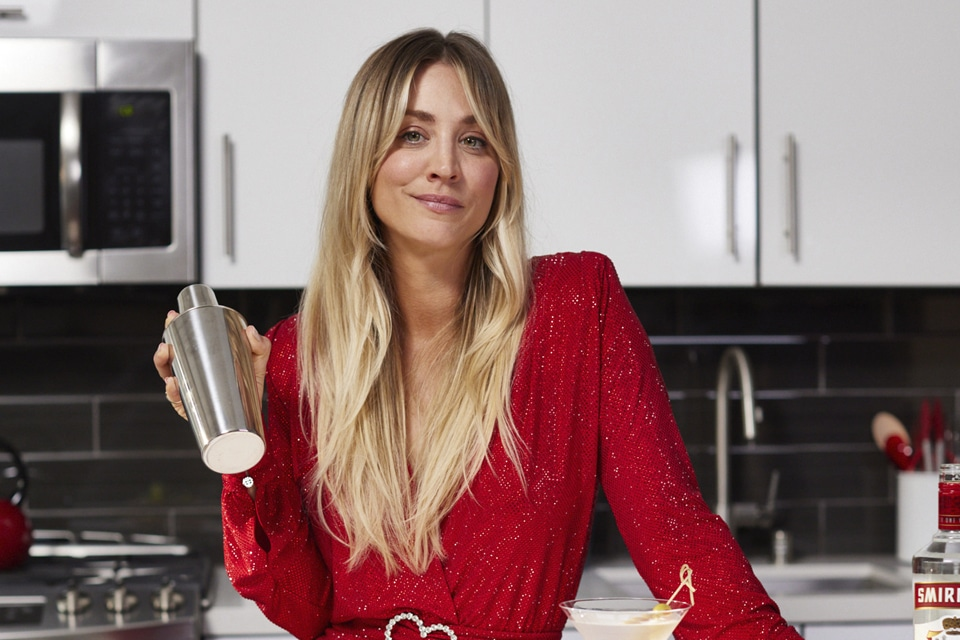
I was working with WeiWei Dong before coming over. WeiWei is a phenomenal creative director who comes from a design background, and we speak the same language. She’s not only extremely talented but extremely tender. She said, “It’s one of the best places I ever worked.” I spoke to a friend who was building her own agency in Los Angeles and she said, “I wish I never had to leave 72. That was my favorite job.” Also, Carlo Cavallone is one of my closest collaborators and a big reason I came to the agency.
How do you think that kind of culture reflects the creative, as opposed to an overly competitive, 85-hour workweek?
Well, they do call us 72 and Sunday. [Laughs] It’s not that we don’t work a lot, but it’s a little bit easier at a time like this. We went through a pandemic. We still aren’t quite sure what normal will look like. But, to not have the pressure of an insane agency, an overly competitive agency, at the expense of its employees has been really helpful in maintaining better mental health during a time like this.
I was coming out of a very busy agency that hadn’t quite figured out how to manage the pandemic. I’m sure 72 went through that. Everybody went through that. But, by the time I got to 72, they had established things like “screen-siestas”—downtime when no one could book meetings. They’d established ways to handle big cultural moments when we might need to step away or we might need support from our team members. It’s created space for good health.
But honestly, I don’t know how much it impacts the work necessarily. The work gets done regardless. That’s the thing about agencies. The work is always going to show up and the work will always be good because people are talented. But, will people be injured in the process of making the work? You’ll watch movies and it says, “No animals were harmed in the filming of this film.” There’s a lot of creative work in the world where you can’t say that about creatives. I think being part of an agency where people come first is fundamental to well-being.
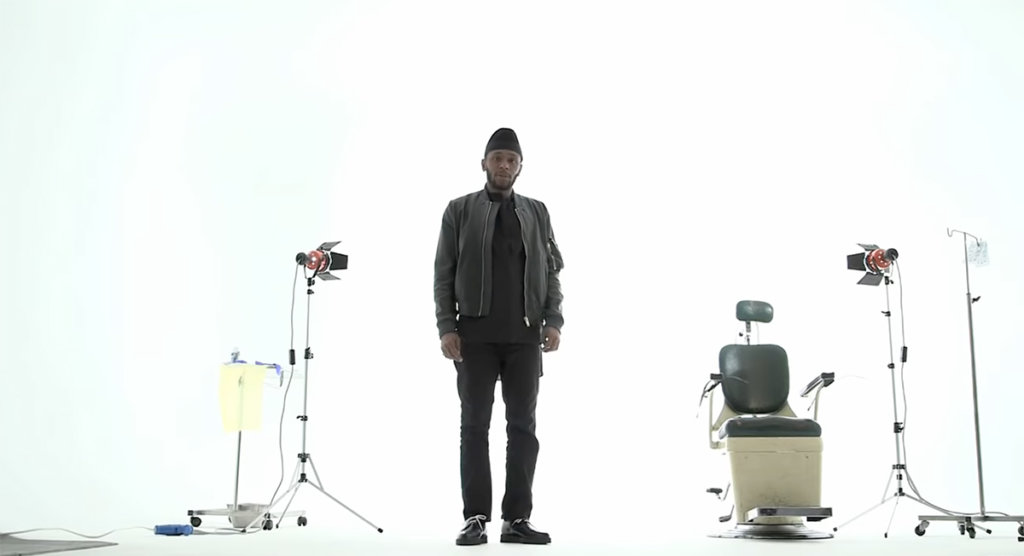
Read how the team at Stink Studios built a Grammarly campaign entirely out of Filmsupply Footage.
